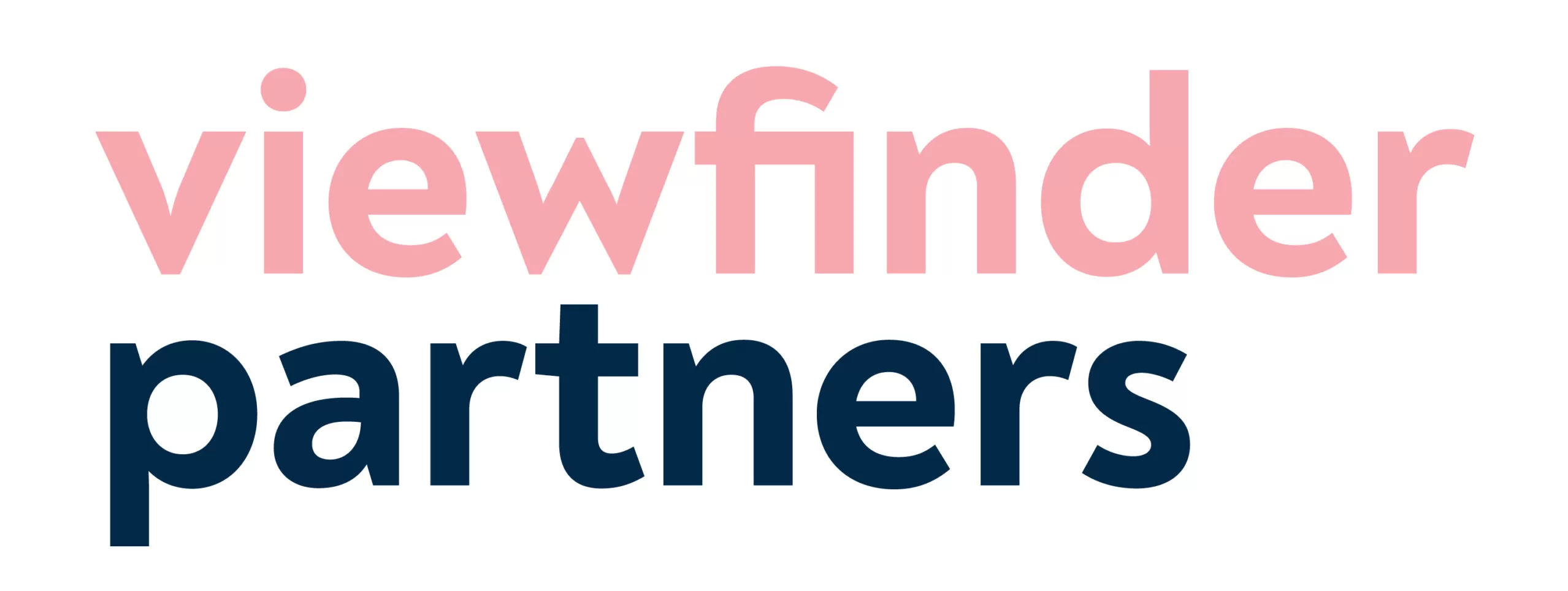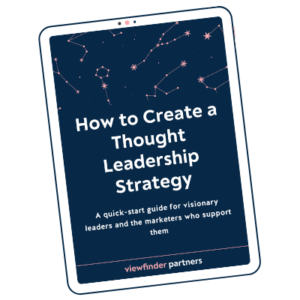One word that has been bubbling up in every conversation I’ve had the past few weeks.
CONTEXT.
“Context” is the simple but important advice I’ve been giving to marketers and thought leaders. Even if you’re not directly talking about coronavirus, or Black Lives Matter, or what’s in the news today — even if you don’t think your work has anything to do with current events — your work has to clearly reflect the context of what’s going on in the world.
If you don’t acknowledge the context, you will sound tone-deaf, your work won’t be relevant for your audience, and your message will fall flat.
Here’s an example. Have you listened to any podcast episodes that were planned and recorded Before All This, but released During All This? In May, I noticed a podcast episode in my feed about planning a great summer for kids. It was a parenting podcast I’d enjoyed before, and I thought maybe I’d get some solidarity about this long slog of never-ending juggling, plus maybe some ideas about entertaining kids without childcare this summer. BUT! But. It turns out, this episode was recorded in February, before a planned hiatus. AND IT WAS ALL ABOUT SUMMER CAMPS AND VACATIONS AND LIFE AS USUAL.
I am not exaggerating when I tell you that listening to that episode was painful and infuriating. I’m still angry about it. How rude! How bizarre! How completely lacking in appropriate context. It was like listening to people who lived on a different planet.
If I felt that betrayed and angry about a parenting podcast that didn’t account for the pandemic, imagine how your audience feels if you talk about the state of work, or the state of the world, without centering the current reality of a global health crisis, major economic fear and pain, and widespread protest against racial injustice.
Do you see what I mean? Your thought leadership has the same problem. If you want to write about Business As Usual, and roll out your shiny ideas you planned back in Q1, but you DON’T address the giant elephant we’re all staring at, you will sound ridiculous, and you’ll probably make people downright angry — and they’d be right.
Here’s the other thing about context. You can’t just add a subtle wash of context to your existing work. Context isn’t an afterthought — it should shape your marketing strategy and everything you produce. You can’t just write a two-sentence disclaimer and slap it on the beginning of a blog post or podcast episode. You can’t push out your planned content, tinged with a slight Pandemic, Global Recession, and Major Social Unrest filter. Your audience will see through it. Your content won’t be helpful. It definitely won’t make people feel heard or understood. You’ll just look like you’re forcing it — or, worse, like you’re pandering.
One more example I’ve been bumping up against: Have you had any phone calls recently with people who refuse to talk about what’s going on? They brush it off, or say things like, “Yeah, I worked from home before COVID, so really my life is basically the same. No change here. All is good. Anyway, on to business —”
🤨
Don’t be that person. Don’t be that person on phone calls, and definitely don’t be that person in the thought leadership content that you’re putting on the internet forever.
Every time you send a tweet, write an email, or plan a message, remember: What’s your context? And what’s the context of the people you’re trying to reach? Honoring our shared context is the only way to start.







